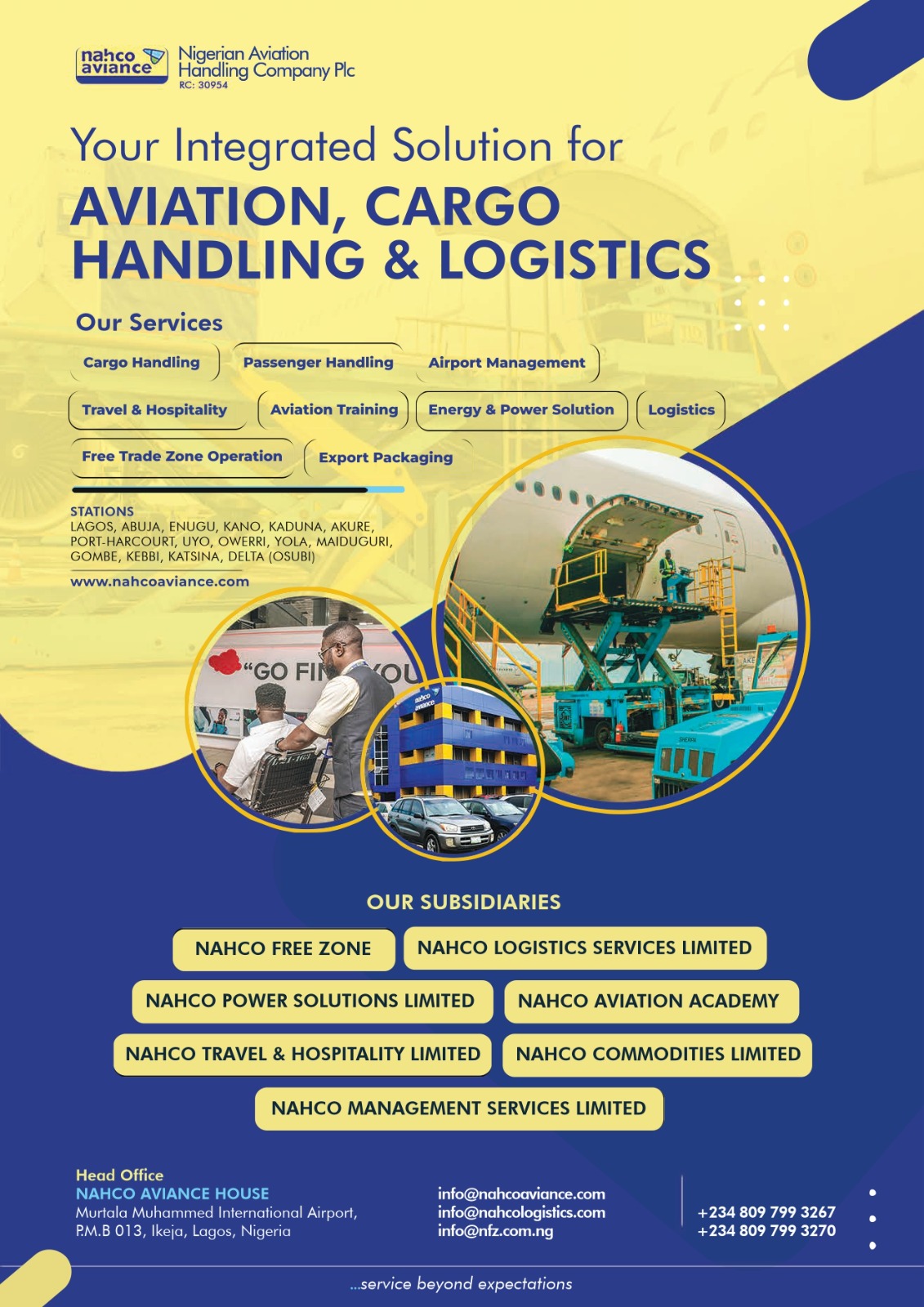New-vehicle sales in China last year fell for the first time in the past 28 years. But the luxury market continued to grow, with sales rising 8 percent to top 2.8 million.
Germany’s Big 3 — Audi, Mercedes-Benz and BMW — as well as Cadillac, Lexus and Volvo all posted impressive sales growth in China last year.
It is lax control on product quality.
The problem has lingered since Tata Motors acquired the brands in 2008.
In 2014, JLR started production at a joint venture with Chery Automobile in the east China city of Changshu. From 2015 to 2017, five locally assembled products — the Land Rover Evoque and Discovery, and the Jaguar XFL, XEL and E-Pace — were launched.
Local production allowed JLR to modify vehicle interiors and exteriors to local tastes. It also enabled buyers to avoid paying the 25 percent tariff that Chinese customs levied on imported vehicles back then.
As a result, JLR’s China sales surged to 146,399 in 2017 from 92,474 in 2015.
Yet, because product quality was never effectively addressed, the number of defects reported by owners increased in tandem.
In China, as well as in the U.S., both brands routinely rank well below the industry average for new and 3-year-old vehicle quality and dependability, based on owner surveys by J.D. Power and Associates.
In 2017 alone, JLR carried out 13 recalls in China for defects with components ranging from engines, instrument panels and airbags to batteries. The recalls covered some 106,000 vehicles, which was equivalent to more than 70 percent of its local sales during the year.
Since August, Jaguar and Land Rover owners have regularly protested in front of JLR’s China headquarters in Shanghai to bring attention to widespread quality problems they allege with their cars and SUVs.
Local dealers, burdened with a 60-day or larger supply of unsold new vehicles, have offered steep discounts to ease inventory pressure.
Some dealers last year started selling imported Jaguar models at discounts of up to 30 percent. The move spurred the creation of a catchphrase — “Jaguar at 70 percent price.”
The problems have dented the brand image of Jaguar and Land Rover in China, rendering their products even less attractive to local consumers.
In June, JLR’s joint venture with Chery completed an expansion that raised annual production capacity from 130,000 to 200,000 vehicles.
The next month, JLR’s China sales began a steady decline, forcing the joint venture to idle output.
JLR has other challenges. It must integrate sales and distribution of locally built products and imported models. It also needs to roll out more electrified vehicles to meet local regulatory requirements.
JLR’s dealer network in China is also a work in progress. The company says only 18 percent of its stores are in so-called major cities such as Shanghai and Beijing, and more than one-third have been open for three years or less.
The company says it’s also streamlining commercial policies to help compensate for retailers’ losses, and is launching extensive on-site training programs to improve customer experience as well as operations.
But first and foremost, it must improve product quality to win back customers.
After posting a quarterly loss of $4.4 billion, JLR needs to raise $1 billion within 14 months to service debt.
Source: Automotive News












